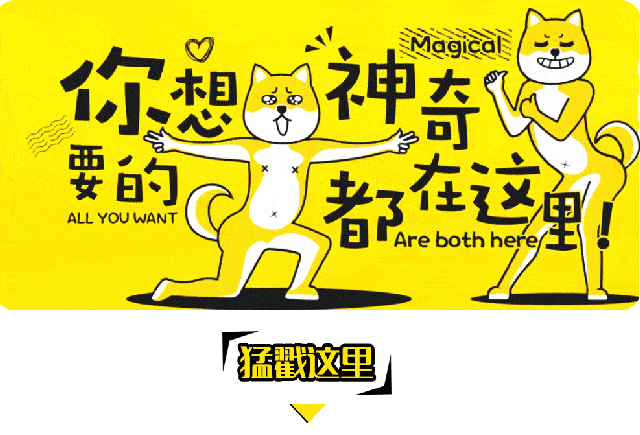
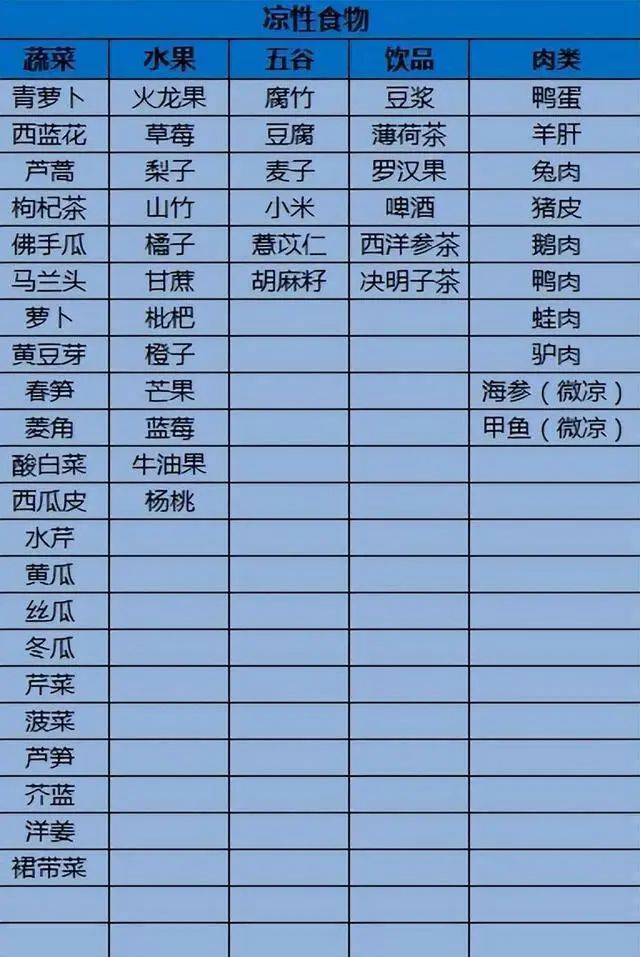
When consuming cooling foods, if you feel too cold and your body cannot tolerate it, you can pair them with some warming foods. For example, our health expert, Sun Li, when eating longan (桂圆, gui yuan), often pairs it with pears (梨, li) or lily bulbs (百合, bai he) to balance the heat, otherwise, it can easily lead to excess heat. I remember watching a drama and unknowingly ate almost a whole box of longan, only to find the next day that my throat was dry and painful, and I had a fever. It was only later that I realized it was due to that box of longan.
-
Warming Foods
Warming and hot foods can easily generate heat in the body, increase vitality, and improve the functions of those with a cold constitution. However, those with excessive internal heat should avoid these foods, as it can exacerbate their condition. This is especially important for those with swollen gums, sore throats, or constipation!
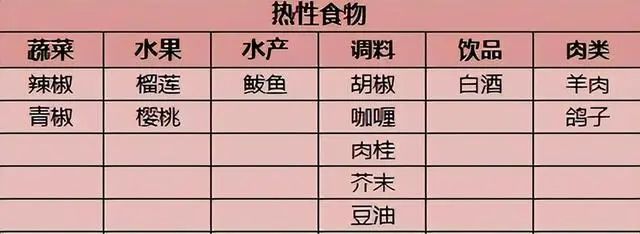
Many people enjoy eating durian (榴莲, liu lian). I remember a classmate once told me that during a family gathering, after eating hot pot, she couldn’t resist eating half a durian at home. Later that night, she woke up to find her nose bleeding. She hurriedly stopped the bleeding and later learned that the lamb in the hot pot and the durian are both considered very hot foods. Consuming them in excess can definitely lead to excess heat. Therefore, many people eat durian with mangosteen (山竹, shan zhu) to balance the heat and cold, as the cooling nature of mangosteen can counteract the heat of durian, which is the principle of dietary balance.

-
Warm Foods
For those who often have cold hands and feet and are afraid of the cold, it is advisable to consume more warming foods to nourish the body. This will not lead to excessive heat while alleviating the coldness.
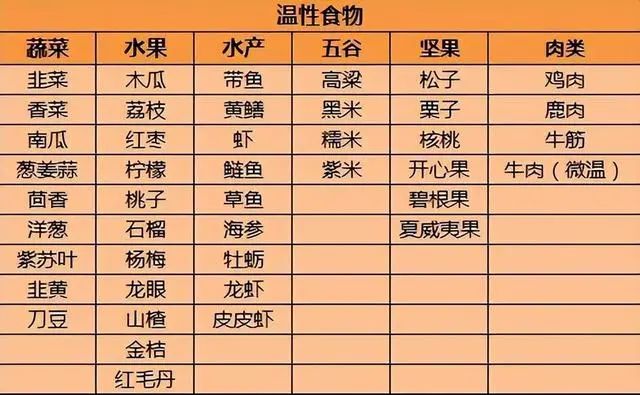
-
Neutral Foods
There are also neutral foods, which are the least harmful, strengthen the spleen and stomach, and aid digestion. These foods can be consumed by individuals of any constitution.
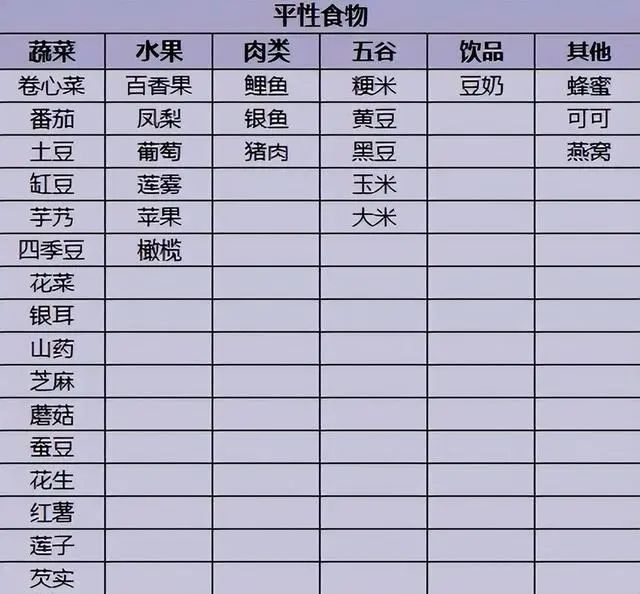
While reading “Dream of the Red Chamber”, I noticed that the descriptions of food are very appetizing, but they also align with the nature of the food. For instance, Baochai was concerned about Daiyu’s health and specifically checked her prescriptions. If Daiyu continued to consume large amounts of ginseng (人参, ren shen) and cinnamon (肉桂, rou gui), which are very nourishing, it would not only be unhelpful but harmful.
Baochai said: “Yesterday, I saw that your prescription had too much ginseng and cinnamon. Although they are beneficial for qi and spirit, they should not be too hot. In my opinion, we should first focus on calming the liver and strengthening the stomach. When the liver fire is balanced, it will not harm the earth, and the stomach will be healthy. Proper diet can nourish a person. Every morning, take one ounce of high-quality bird’s nest (燕窝, yan wo) and five qian of rock sugar (冰糖, bing tang), and cook it into porridge with a silver spoon. If you get used to it, it is better than medicine and is the best for nourishing yin and replenishing qi.”
When a person is very weak, they cannot tolerate overly nourishing ingredients. Instead, using neutral foods to gradually adjust their condition will yield much better results. Indeed, after a period of consuming bird’s nest, Lin Daiyu felt somewhat better.
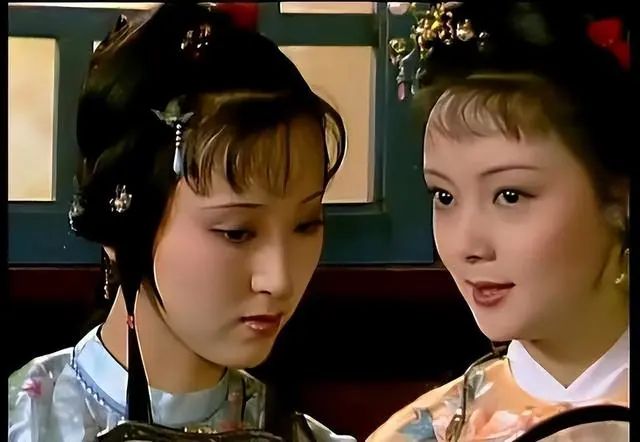
-
Excess Heat and Cold
There are also individuals who experience both heat and cold in their bodies, often suffering from swollen gums, sore throats, and blisters at the corners of their mouths, while also experiencing diarrhea and cold feet. These individuals typically have excess heat above and cold below, and they should neither consume overly warming foods, which can exacerbate the internal heat, nor overly cooling foods, which can worsen diarrhea.
Such individuals can combine foods, for example: malt (麦芽, mai ya) + finger citron (佛手, fo shou); lotus seeds (莲子, lian zi) + fox nuts (芡实, qian shi); tangerine peel (橘皮, ju pi) + coix seeds (薏苡仁, yi yi ren).
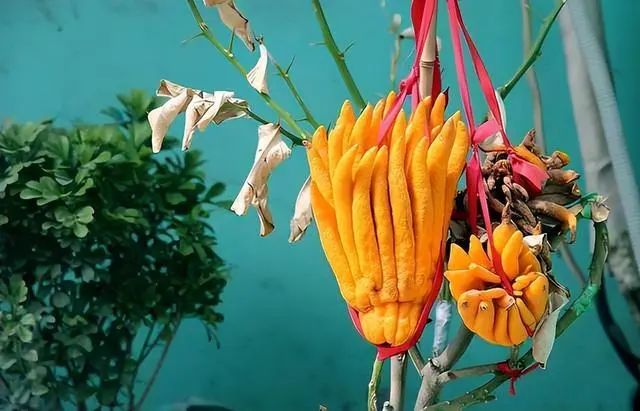
To smooth the middle jiao: malt + finger citron. Malt strengthens the spleen and benefits qi while being excellent at digesting food and helping the body eliminate stagnant qi and food from the intestines.
Finger citron helps to soothe the liver and regulate qi, strengthen the spleen, and dry dampness, facilitating the movement of qi, especially in the middle jiao, helping to promote the movement of qi in the middle jiao.
Strengthening the spleen while nourishing the heart and kidneys: lotus seeds + fox nuts. Lotus seeds benefit the spleen and stomach while nourishing the heart and calming the spirit, preventing excessive heart fire. When paired with fox nuts, which warm and nourish the spleen and kidneys, it ensures the healthy operation of the middle jiao while also regulating the heart in the upper jiao and the kidneys in the lower jiao, nourishing the qi of the upper, middle, and lower jiao.
Strengthening the spleen and eliminating dampness: tangerine peel + coix seeds. Tangerine peel excels at regulating qi and transforming phlegm-dampness, resolving already formed phlegm, while coix seeds help the body transport and transform fluids, reducing the generation of phlegm-dampness while also clearing heat.

Combining with chrysanthemum (菊花, ju hua) and lotus leaf (荷叶, he ye) enhances the effects of clearing heat and eliminating dampness, primarily targeting the heat in the middle and upper jiao. When the heat generated by stagnation in the middle jiao is reduced, acne will also diminish. Additionally, using black beans (黑豆, hei dou) to nourish the kidneys and eliminate dampness, and licorice (甘草, gan cao) to harmonize the spleen and stomach.
In fact, many of us are overly weak, afraid of the cold, and easily develop excess heat, which is often caused by spleen deficiency. Not only that, but it can also lead to food stagnation, where one feels full after eating just a little, yet the stomach feels bloated like a ball.

Many people around me have this type of constitution, and I often suggest they first clear the food stagnation and blockages in their bodies, then consume more foods that strengthen the spleen to replenish spleen qi, allowing the spleen and stomach to return to normal, which is essential for improving their constitution from the root.
I recommend this chicken inner gold (鸡内金, ji nei jin) yam pancake. This pancake is loved by both adults and children, and it contains chicken inner gold, iron stick yam (铁棍山药, tie gun shan yao), and poria (茯苓, fu ling) among other ingredients!
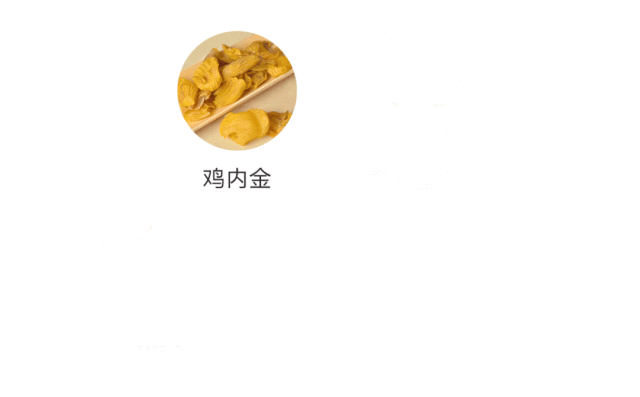
Chicken inner gold is a layer of yellow membrane in the chicken’s stomach (鸡胗, ji zhen) that aids digestion. We all know that chickens have a very strong digestive ability, capable of digesting stones, so naturally, it is very effective in promoting digestion. Poor digestion is often due to weak spleen and stomach function. Using chicken inner gold for adjustment is very comfortable for both the spleen and stomach.

Additionally, the pancake also includes the famous Jiaozuo iron stick yam, which is a warming and nourishing ingredient that helps improve spleen and stomach function.

To achieve the best results, more chicken inner gold, iron stick yam, and black and white sesame seeds are added based on traditional handmade methods to create chicken inner gold yam pancakes. Each pancake is individually packaged, concentrating the essence of the ingredients!
When the crispy yam pancake enters your mouth, you will taste the delicious blend of several ingredients. You may have eaten dry and hard pancakes before, but this time it is definitely different. You will find that each piece of yam pancake is crispy and fragrant!
Every bite is filled with aroma, and as you chew, you can almost hear the crispy sound of the yam pancake. In that moment, the flavors of wheat flour, chicken inner gold, yam, poria, and black and white sesame explode in your mouth, and you will be pleasantly surprised to find that it tastes like a long-lost flavor from your childhood!
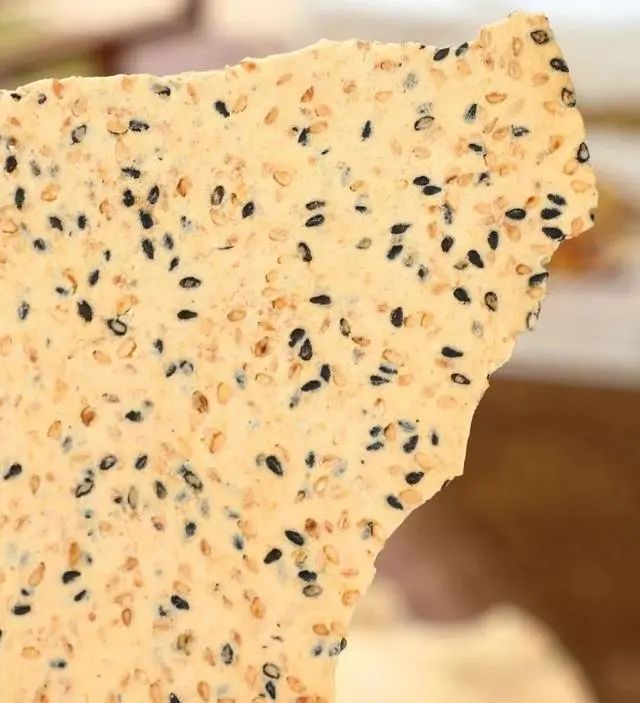
Finally, let me share how to quickly distinguish the hot and cold nature of foods.
Meat: Active animals are mostly warming foods.
As stated in the “Huangdi Neijing”, “Yin is still, Yang is active.” This means that warming foods are usually very active, while those that are inactive, like turtles, are considered cooling.
Land animals: Generally have a warm nature, such as beef, lamb, deer, chicken, etc.

Flying animals: Generally also have a warm nature, as flying requires a lot of energy.
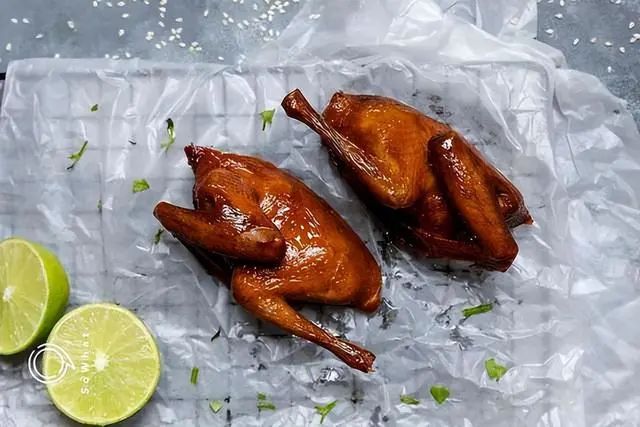
Water-dwelling animals: This depends on whether they are active or sedentary. For example, shrimp, grass carp, and ribbon fish are very active, so they are mostly warming, while turtles, snails, and clams, which are less active, are mostly cooling.
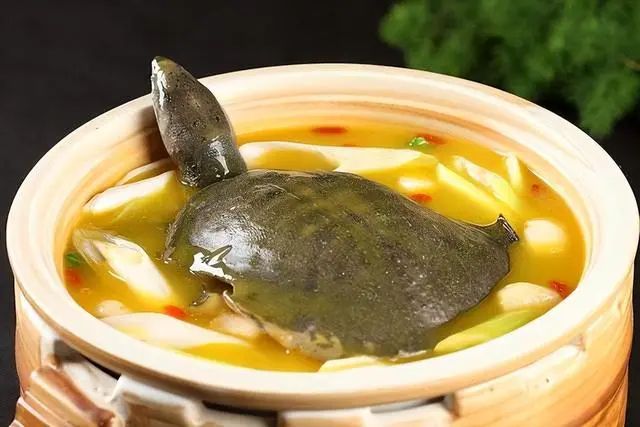
Vegetables:
Green vegetables are generally cooling, while red vegetables are warming. Green plants grow close to the ground and absorb moisture, thus they are generally cooling, such as mung beans (绿豆, lu dou) and green vegetables. Red plants, like chili peppers (辣椒, la jiao), jujubes (枣, zao), and pomegranates (石榴, shi liu), although they grow close to the ground, absorb more sunlight, hence they are mostly warming.
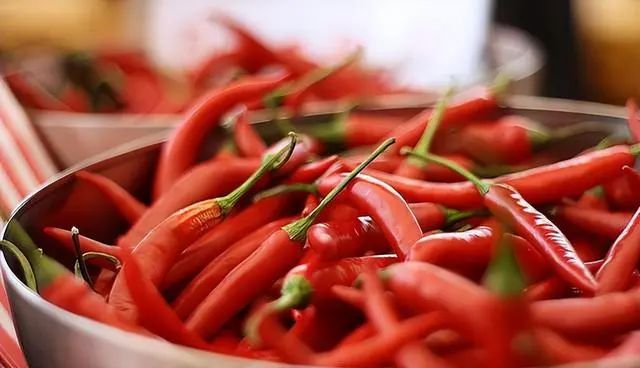
Aquatic plants are generally cooling, while terrestrial plants are warming: lotus (藕, ou), kelp (海带, hai dai), and seaweed (紫菜, zi cai) are cooling. Foods that grow on land, such as peanuts (花生, hua sheng), potatoes (土豆, tu dou), yams (山药, shan yao), and ginger (姜, jiang), are generally neutral or warming due to their long-term growth in soil with less moisture.

Foods grown in winter and summer are generally cooling, while those grown in spring and autumn are warming: foods that grow in winter tend to be colder, such as white radish (白萝卜, bai luo bo) and winter melon (冬瓜, dong gua). Foods that grow in summer, due to receiving more rain, are also cooling, such as watermelon (西瓜, xi gua), cucumber (黄瓜, huang gua), and pears (梨, li). Foods like durian, which grow in tropical regions, are naturally warming.
| Disclaimer: Except for specifically noted original content, the text and images in this article are sourced from the internet and major media outlets. Copyright belongs to the original author. If you believe the content infringes on your rights, please contact us for removal.
Thank you for taking the time to read this article!

